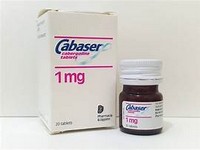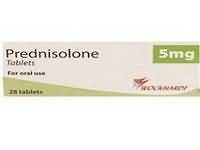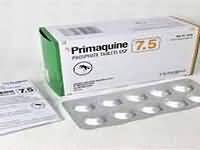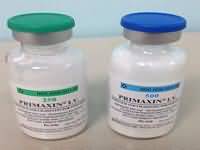Cabergoline

Cabergoline
CLINICAL USE
Endocrine disorders Adjunct to levodopa (with a decarboxylase inhibitor) in Parkinson’s diseaseInhibition/suppression of lactation DOSE IN NORMAL RENAL FUNCTION
Parkinson’s disease: 2–6 mg daily Hyperprolactinaemic disorders: 0.25–2 mg weeklyInhibition of lactation: single 1 mg dose during first day post partumSuppression of lactation: 0.25 mg twice a day for 2 days PHARMACOKINETICS
Molecular weight :451.6 %Protein binding :41–42 %Excreted unchanged in urine : 2–3 Volume of distribution (L/kg) :No datahalf-life – normal/ESRD (hrs) :63–68 (healthy individuals), 79–115 (hyperprolactinaemic individuals)/Unchanged DOSE IN RENAL IMPAIRMENT
GFR (mL/MIN)
20 to 50 : Dose as in normal renal function 10 to 20 : Dose as in normal renal function <10 : Dose as in normal renal function DOSE IN PATIENTS UNDERGOING RENAL REPLACEMENT THERAPIES
CAPD :Dialysed. Dose as in normal renal function HD :Dialysed. Dose as in normal renal functionHDF/high flux :Dialysed. Dose as in normal renal functionCAV/VVHD :Dialysed. Dose as in normal renal function IMPORTANT DRUG INTERACTIONS
Potentially hazardous interactions with other drugsNone known ADMINISTRATION
Reconstition
– Route
Oral Rate of Administration
–Comments
– OTHER INFORMATION
18% of radiolabelled dose is excreted as inactive metabolites in urine72% of dose is excreted in faeces
See how to identify renal failure stages according to GFR calculation
See how to diagnose irreversible renal disease
Home









